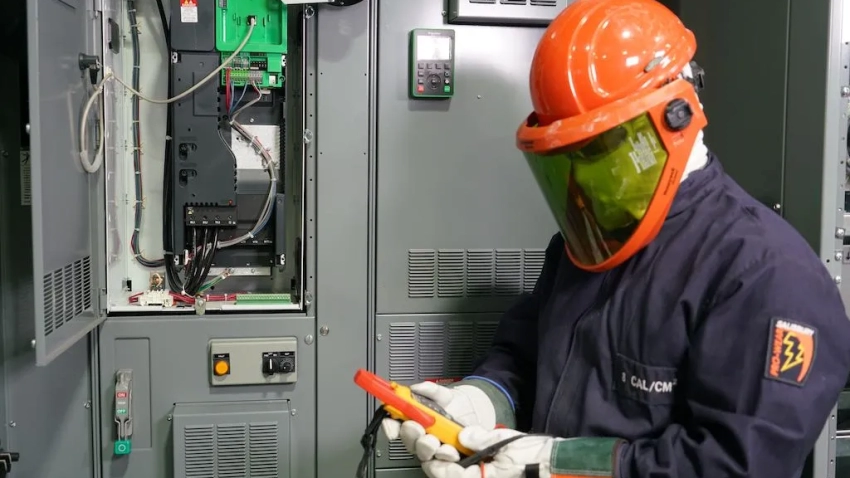
PPE for Power Tools and Equipment Safety
Power tools are undeniably helpful for tackling various projects, but their immense power comes with inherent risks. To ensure a safe and successful experience, using the right Personal Protective Equipment (PPE) is paramount. This article delves into the essential PPE for power tools and equipment, empowering you to work with confidence.
Why PPE Matters
Before diving into specific gear, let’s solidify the importance of PPE. Power tools can generate dust, debris, noise, and vibrations. Additionally, malfunctions or improper use can lead to cuts, burns, and eye injuries. PPE acts as a barrier between you and these hazards, minimizing the potential for harm.
Think of PPE as an investment in your well-being. It allows you to focus on the task at hand without constant worry about potential injuries. By prioritizing safety, you can complete projects more efficiently and enjoy the satisfaction of a job well done.
Essential PPE for Power Tools
Now, let’s explore the specific types of PPE crucial for power tool use:
-
Eye Protection: This is arguably the most critical element. Safety glasses with side shields are the minimum requirement. Goggles offer additional protection for tasks that generate flying debris, like hammering or grinding. Consider impact-resistant polycarbonate lenses for maximum safety.
-
Hearing Protection: Constant exposure to loud noises can lead to hearing loss. Earplugs or earmuffs effectively dampen the roar of power tools. Choose a Noise Reduction Rating (NRR) suitable for the tool’s decibel level. For example, earplugs with a 30 NRR are suitable for moderately loud tools, while earmuffs with a higher NRR are ideal for extremely loud equipment.
-
Respiratory Protection: Dust and fumes generated by power tools can irritate the lungs. If working with materials that produce hazardous dust (e.g., lead paint), a respirator with the appropriate filter is essential. Consult the Material Safety Data Sheet (MSDS) of the material you’re working with to determine the necessary filter type.
-
Head Protection: When working overhead, falling debris poses a serious risk. A hard hat provides a vital shield against falling objects, potentially preventing serious head injuries.
-
Hand Protection: Gloves shield your hands from cuts, abrasions, and burns. Choose gloves with appropriate dexterity and material for the specific tool and task. Leather gloves offer excellent protection for handling rough materials and hot objects, while cut-resistant gloves provide enhanced protection against sharp edges.
-
Foot Protection: Sturdy work boots with steel toes and slip-resistant soles are essential. They protect your feet from falling objects, punctures, and electrical hazards.
Additional Considerations
Beyond the core PPE mentioned above, there are situations that may require additional gear:
- Fall Protection: When working on ladders or scaffolding, a fall protection harness and lanyard are crucial to prevent serious injuries.
- High-Visibility Clothing: If working in low-light conditions or near moving vehicles, high-visibility clothing ensures you’re readily seen by others.
Remember, PPE is only effective if used properly. Here are some additional tips:
- Inspect PPE regularly: Check for damage and ensure proper fit before each use. Replace worn-out or damaged equipment promptly.
- Maintain a clean work environment: A cluttered workspace increases the risk of trips and falls.
- Be mindful of others: When using power tools, be aware of your surroundings and ensure others are at a safe distance.
- Don’t modify PPE: Modifications can compromise its effectiveness.
- Store PPE properly: Keep your PPE clean and dry when not in use to prevent damage and extend its lifespan.
By following these guidelines and using the appropriate PPE, you can significantly reduce the risk of injuries while working with power tools.
Regular evaluation and improvement of the PPE program
Personal Protective Equipment (PPE) plays a critical role in safeguarding workers from workplace hazards. However, a well-designed PPE program isn’t a one-and-done deal. To ensure its continued effectiveness, regular evaluation and improvement are crucial. This article explores strategies for keeping your PPE program robust and up-to-date.
Why Regular Evaluation Matters
The workplace environment can be dynamic. New hazards may emerge due to changes in processes, materials, or equipment. Additionally, PPE itself can degrade over time, potentially compromising its effectiveness. Regular evaluation helps identify these issues before they lead to accidents or injuries.
Furthermore, employee feedback is invaluable. Workers are the ones using the PPE daily, and they can provide valuable insights into its comfort, fit, and functionality. By incorporating their feedback, you can refine the program to better meet their needs.
Conducting a PPE Program Evaluation
Here are key steps involved in evaluating your PPE program:
- Review Regulations: Ensure your program aligns with current safety regulations set by OSHA or other relevant authorities.
- Hazard Assessment: Conduct a comprehensive workplace hazard assessment to identify potential dangers and the PPE required to mitigate them.
- PPE Inventory: Take stock of the types and quantities of PPE available. Assess if the selection aligns with the identified hazards.
- Inspection and Maintenance: Establish procedures for regular inspection and maintenance of PPE. Worn-out or damaged equipment needs to be replaced promptly.
- Employee Training: Verify that workers receive proper training on PPE selection, use, and maintenance. This should include hands-on practice for proper donning and doffing procedures.
- Employee Feedback: Gather feedback from employees about the effectiveness, comfort, and fit of their PPE. Consider anonymous surveys or focus groups to encourage honest feedback.
Implementing Program Improvements
Once the evaluation is complete, it’s time to take action. Based on your findings, you may need to:
- Update PPE Selection: If new hazards are identified, procure the necessary PPE to address them.
- Upgrade Existing PPE: If existing equipment is outdated or ineffective, consider upgrading to newer, more advanced options.
- Enhance Training: Address any gaps in employee knowledge by providing refresher training or incorporating new information about specific PPE types or procedures.
- Improve Communication: Foster open communication between management and employees regarding PPE concerns.
Remember: Continuous improvement is key. Schedule regular evaluations (e.g., annually) to ensure your PPE program stays current with evolving workplace needs and regulations.
Benefits of a Robust PPE Program
By actively evaluating and improving your PPE program, you reap numerous benefits:
- Enhanced Worker Safety: A well-maintained PPE program minimizes the risk of workplace injuries and illnesses.
- Improved Compliance: Regular evaluations ensure your program adheres to safety regulations, reducing the risk of penalties.
- Increased Productivity: When workers feel safe and confident in their PPE, they can focus on their tasks and achieve higher productivity.
- Positive Work Culture: Investing in worker safety demonstrates a commitment to their well-being, fostering a positive and collaborative work environment.
Regular evaluation and improvement are essential for maintaining a robust PPE program. By proactively addressing potential issues and incorporating employee feedback, you can ensure your workers have the necessary protection to perform their jobs safely and efficiently. Remember, a well-managed PPE program is an investment in your most valuable asset – your workforce.

Power tools are valuable tools, but safety should never be an afterthought. Equipping yourself with the right PPE demonstrates a commitment to your well-being and allows you to tackle projects with confidence. Remember, prioritizing safety not only protects you but also fosters a culture of safety in your work environment. So, before you reach for that power tool, ensure you’re properly geared up. With the right PPE in place, you can unleash the power of your tools and achieve your project goals safely and efficiently.








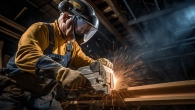
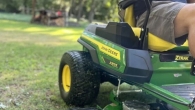
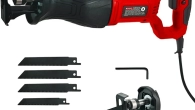
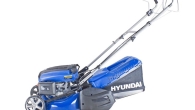


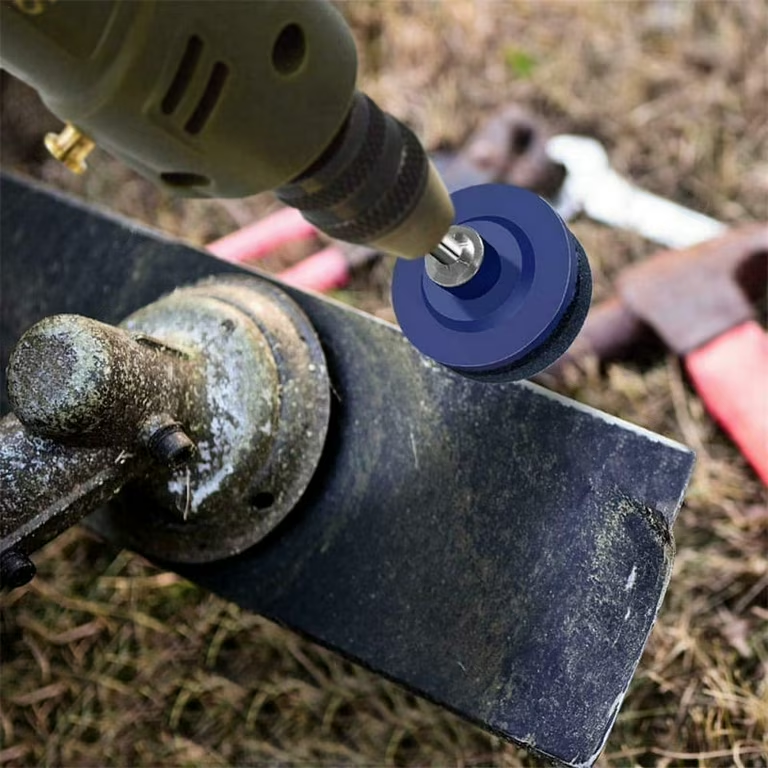
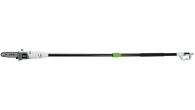
Leave a Reply